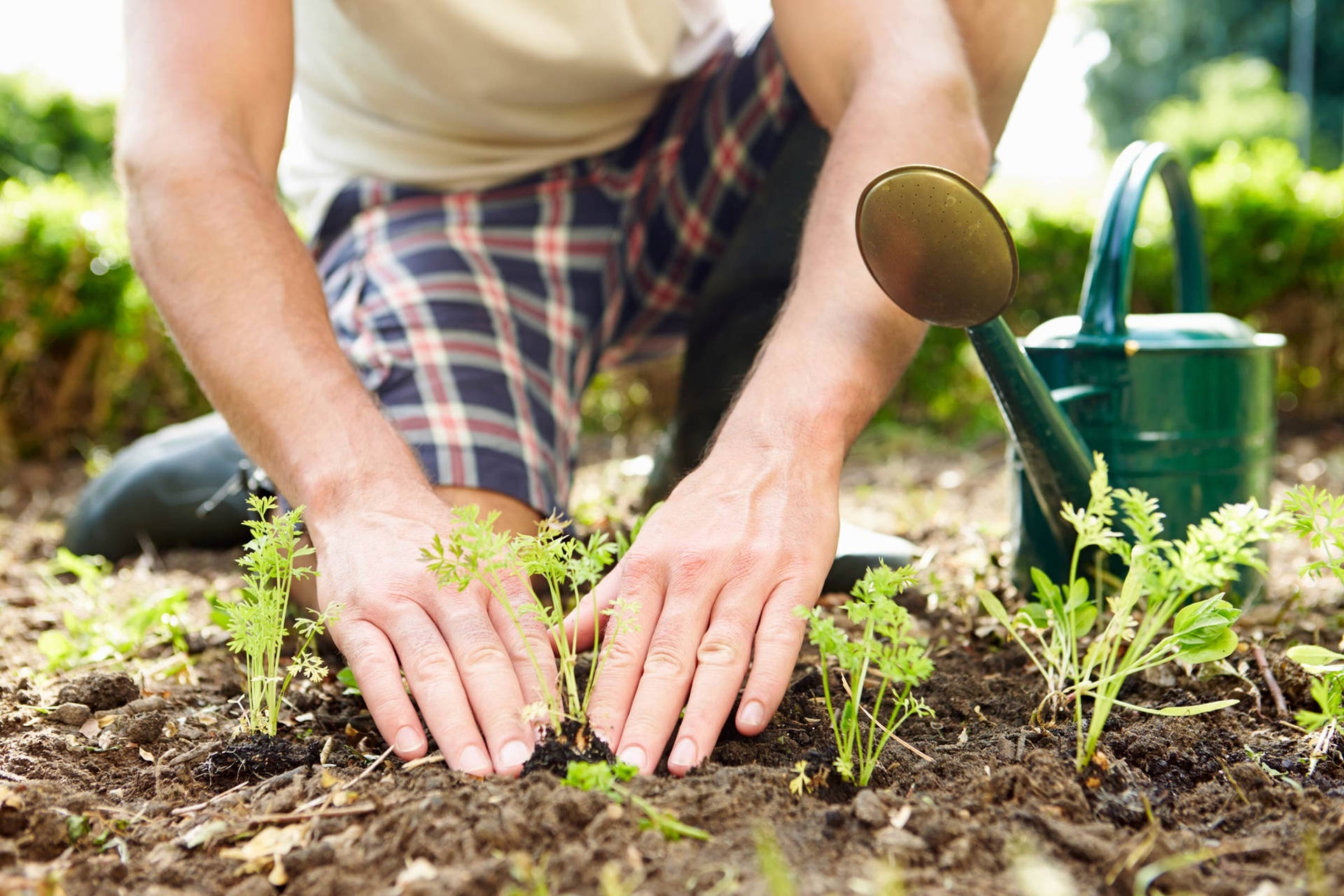Gardening

HORTICULTURE
Among all branches of crop production, a special place is given to horticulture. This narrow branch of agriculture is engaged in the cultivation of not only fruit and berry plants, but also ornamental crops. In this regard, the goals of gardeners are to obtain the crops necessary for human and animal nutrition, as well as to improve the recreational environment with the help of plants.MAIN DIRECTIONS
The industry is actively developing in two directions: fruit growing and ornamental horticulture. Each has its own characteristics, consisting in different objects of cultivation, the technologies used, the nature of distribution by region and the demand from the population.POMICULTURE
The main share of the production of fruit trees, shrubs and herbaceous crops is made up of fruits and berries, which are eaten fresh and processed.
Every year, 130-150 million tons of fruit products are produced in the world. The main share of this volume is (in descending order): citrus fruits, bananas, grapes, apples, and other fruits.
Fruit growing is most developed in countries located in the tropics and subtropics. For many of them, the harvest of orchards is an important source of financial income.
To date, the total number of fruit species is more than 1 thousand. All of them are classified into 9 production and biological groups:
Citrus fruits (orange, lemon, tangerine, grapefruit and others).
Pome trees (apple, pear, quince, mountain ash, chokeberry, etc.).
Nut crops (hazelnuts, pistachio, hazelnuts, macadamias, chestnuts, Brazil nuts and others).
Stone fruits (cherries, sweet cherries, peaches, apricots and others).
Berries (strawberries, currants, gooseberries, raspberries and others).
Grapevines (members of the Vinogradaceae family).
Oilseeds (coconut and oil palms, olives).
Tonic and spicy (tea, coffee, cocoa, star anise, Chinese lemongrass and others).
Miscellaneous. The subgroup of tropical multifruits includes banana, mango, pineapple, papaya, mangoose, avocado. Multi-fruited subtropics and temperate zones include pomegranate, persimmon, fig, dogwood, mulberry, feijoa.
ORNAMENTAL GARDENING
This direction specializes in the cultivation and propagation of plants of interest for landscape design and landscaping. Within its framework, floriculture and indoor gardening are separately distinguished.
Gardeners pay attention to plants of three groups:
beautifully flowering (hydrangea, clematis, lilies, roses, and others);
deciduous (monstera, astilbe, geyhera, pine, thuja and others);
ornamental fruits (ornamental varieties of apple trees and others).
DEVELOPMENT AND STATE OF THE INDUSTRY
The pace of progress in the industry largely depends on interaction with science. Scientists are developing new methods of vegetative propagation that preserve the varietal qualities of valuable crops, are engaged in the development of new promising varieties, and improve methods of storage and preparation for sowing seed material.
The degree of mechanization of production also has an impact. In particular, harvesting in many developed countries (for example, in Germany, France, the USA) has long been carried out using special equipment. Whereas in developing countries (e.g. India), this process is carried out manually.
Many regions of the world are characterized by private gardening. Household plots and the cultivation of indoor flowers enable many families to get their own harvest of fruits and realize their opportunities in ornamental floriculture.
- Arts
- Business
- Computers
- الألعاب
- Health
- الرئيسية
- Kids and Teens
- مال
- News
- Recreation
- Reference
- Regional
- Science
- Shopping
- Society
- Sports
- Бизнес
- Деньги
- Дом
- Досуг
- Здоровье
- Игры
- Искусство
- Источники информации
- Компьютеры
- Наука
- Новости и СМИ
- Общество
- Покупки
- Спорт
- Страны и регионы
- World


